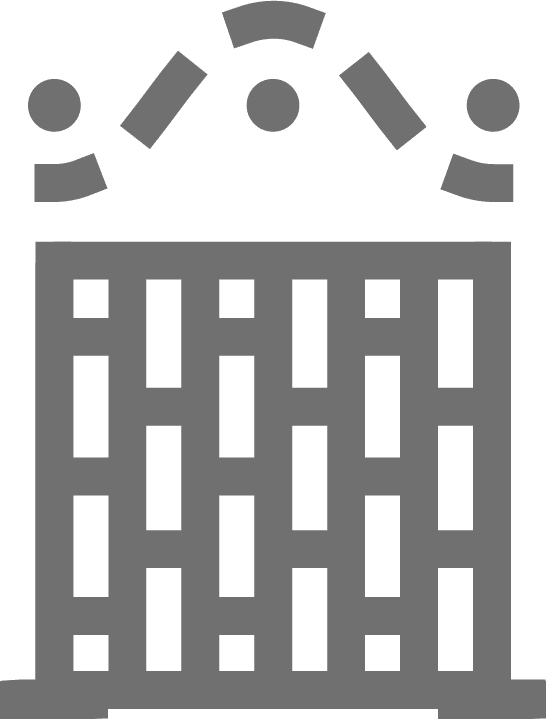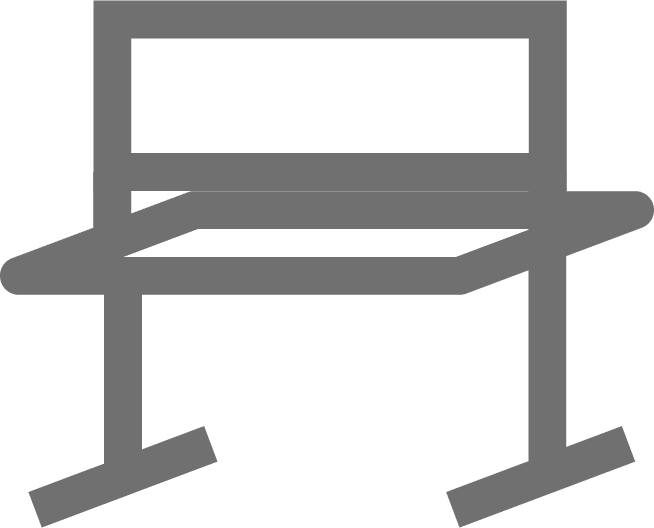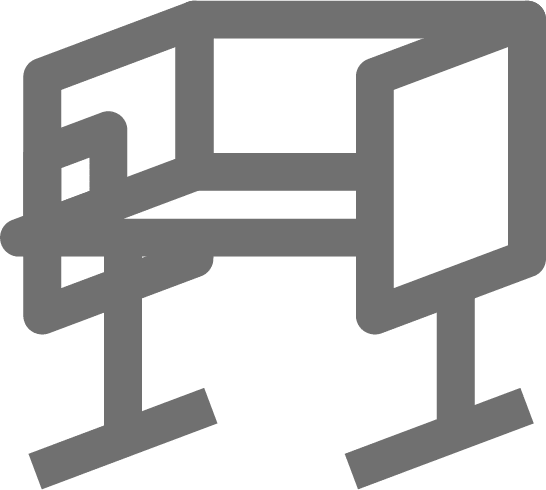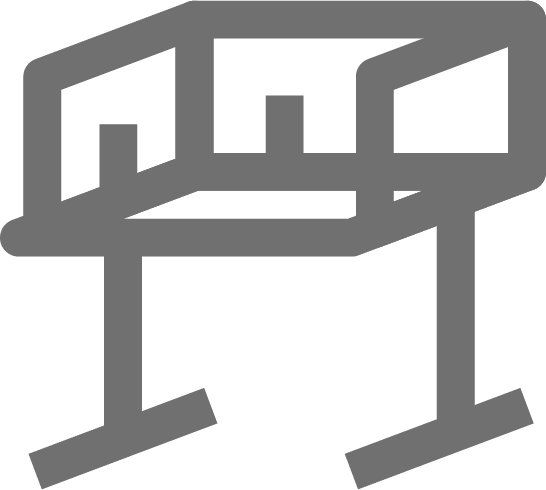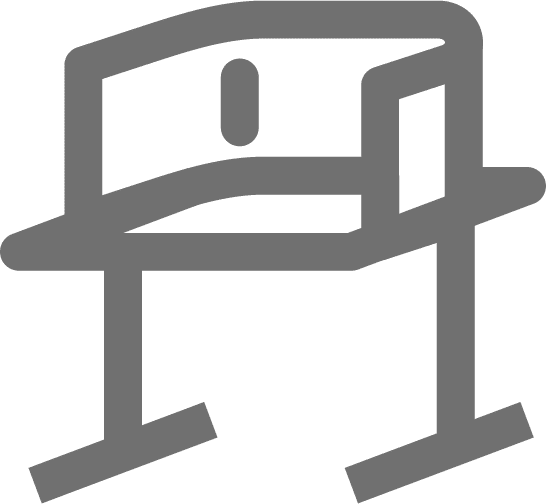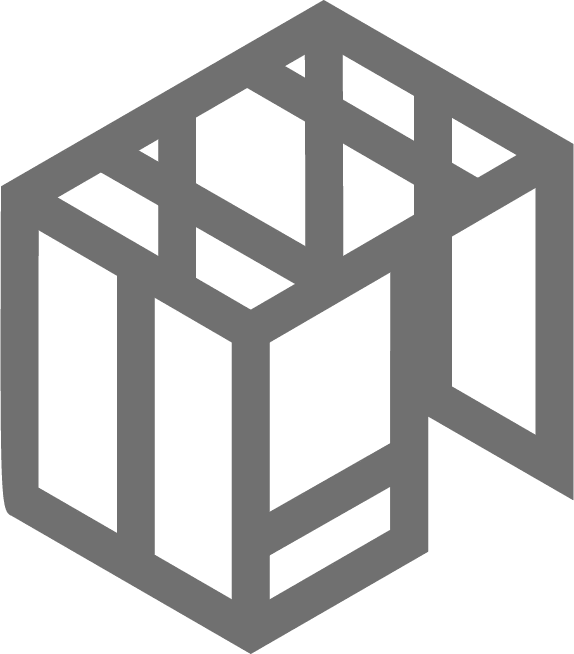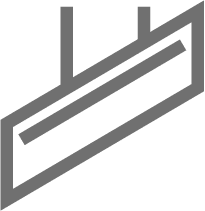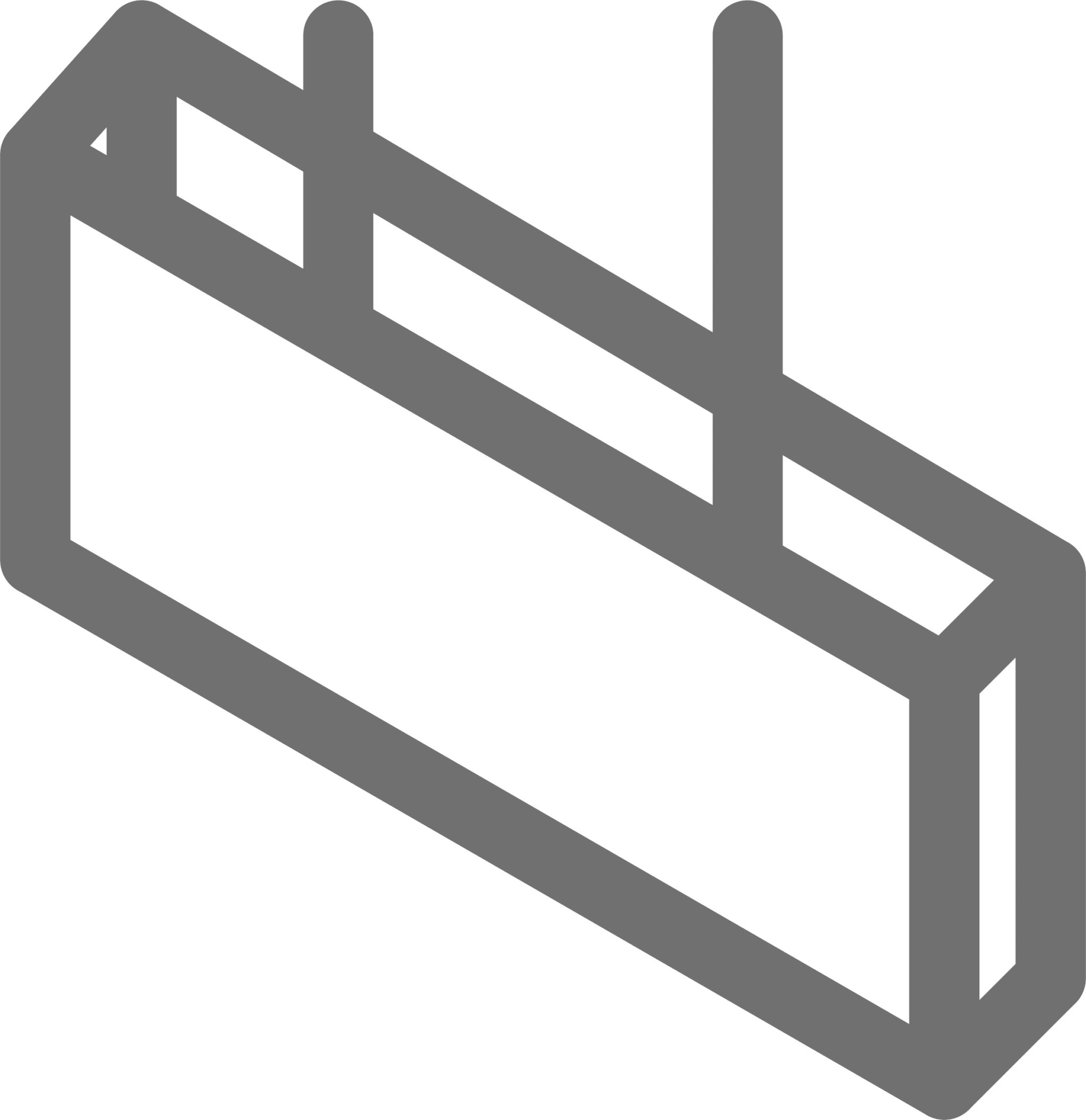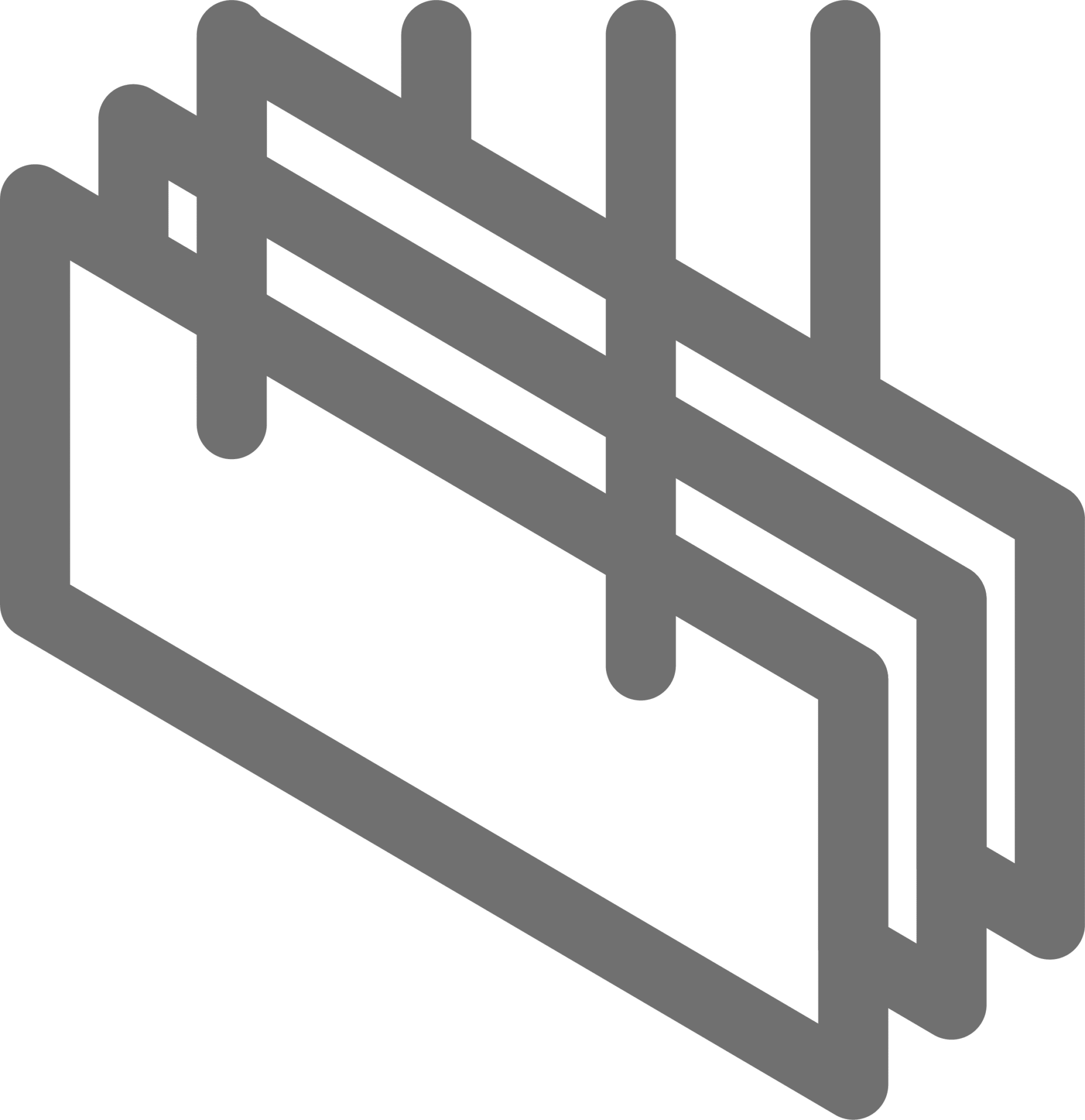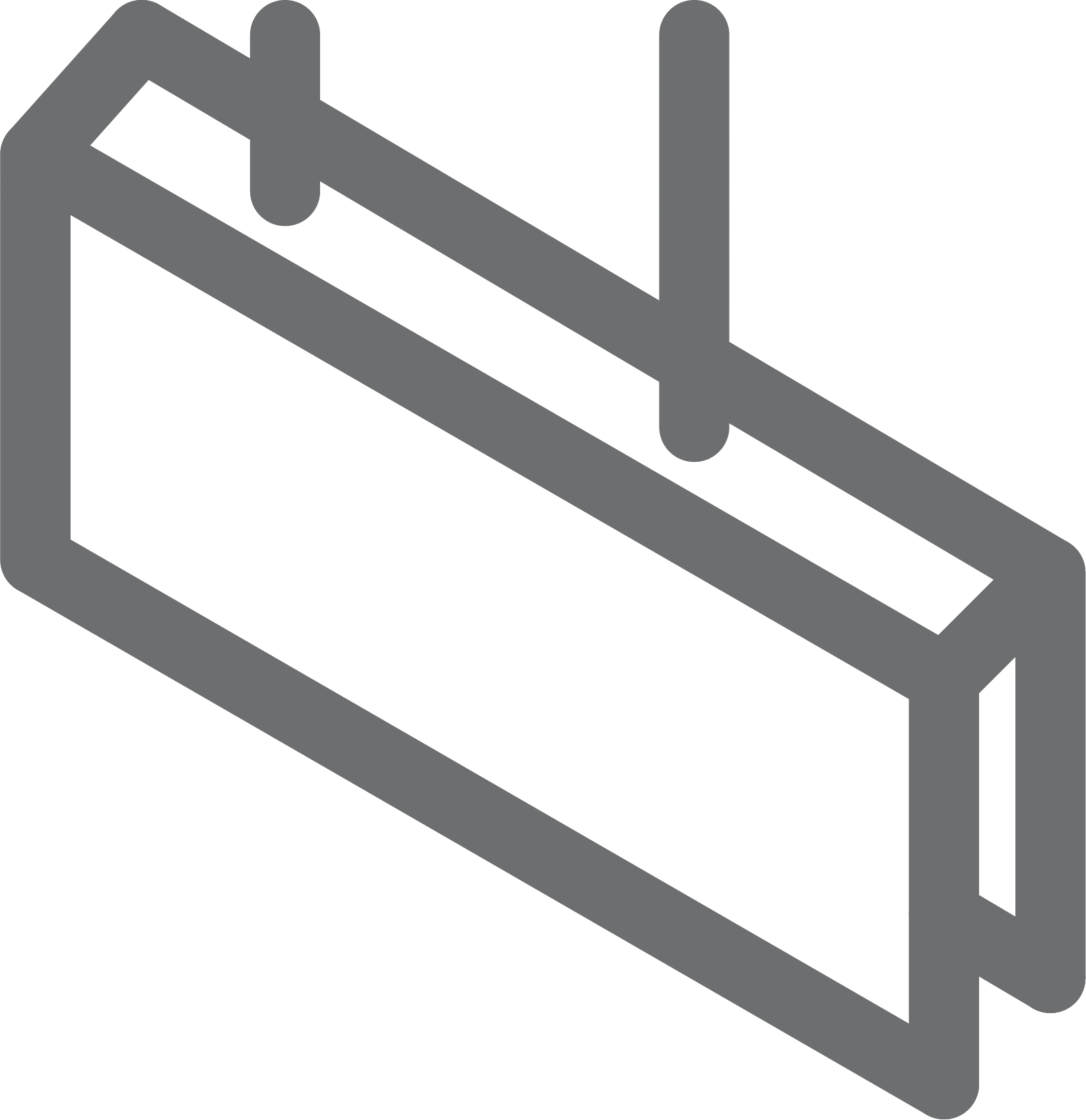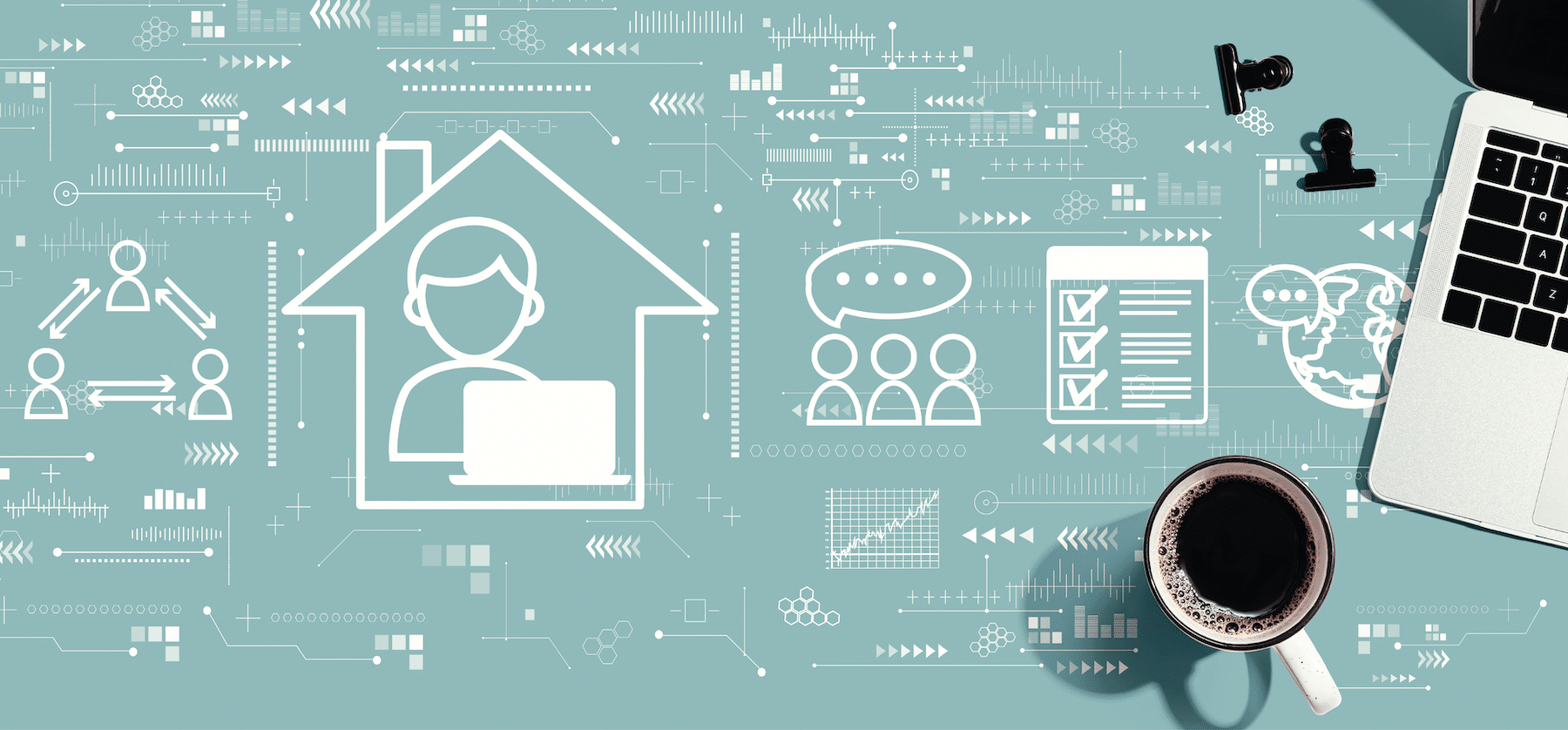This conversation was a Q&A interview with Lori Louis, Global Product Owner for JLL (focus on space design) and Loftwall’s CEO Bryce Stuckenschneider. The conversation ranged in scope from topics like returning to the office, the future of work, how the supply chain crisis is going to impact the commercial furniture market for a long time to come, and the agile workspaces that JLL’s clients are demanding today. The conversation has been edited for brevity.
Q: Not another conversation about “the future of the workspace!?” Lori, how often do you get asked about this topic and when will it end?
A: You aren’t kidding! Like many, we’ve been tracking the return to work for the last two years and altering plans on a near quarterly basis. But most recently my team has been tasked with creating strategies for our Fortune 500 clients to entice people to return to the office. Not return as if the pandemic never happened, but return to a new way of work.
Q: Every part of the country is in a varied state of “back to work.” We hear often that the Northeast’s definition of “back” is vastly different from the Southwest’s version of “back.” With the data and the exposure to companies that you have at JLL, how “back” are we really?
A: As far as large enterprises go, there are no places that are “back” at scale, anywhere in the world. Excluding perhaps China, we are not seeing companies pushing any significant volume of their employees back to a traditional work environment – nearly all of these companies we work with are still in “wait and see” mode. There are pockets of industries or more specifically job functions that have made their way back to the office, but across the board – consumer products, electronics, healthcare, life sciences are back at most with 10-20% of their people on campus.
Q: So if there is a shrinking footprint of needed corporate space across your clients and only 10-20% of people are “back” at those companies, how has the nature of your role and JLL’s role changed?
A: The role has absolutely changed in many ways. And these days, we call this phase of our work “the Future of Work.” In early to mid-2020 it was focused on pandemic response. At the time, we really believed people would be back to the office in the summer of 2020. We put together playbooks, relationships, and protocols that have just been sitting on the shelf since then!
Then the evolution moved from the reaction to the pandemic, then to the response, and finally to preparing for a new future. So from late 2020 until now, JLL’s focus has been all about re-configuring and optimizing space that exists.
And although there is less of a need for space than there was, say 3 years ago for commercial real estate, the requirements for spaces have changed. Study after study shows that as people come back, they expect to be significantly more “spread out” from their co-workers than they were before the pandemic.
Q: So with all of that planning and plans that were written, re-written, and shelved – is there a sense of when we’ll see people returning to the office in force?
A: With the data at our disposal, we do believe this is something we’ll see happen in 2022. So yes, after 2+ years of “when will people go back,” our opinion is that it will happen this calendar year. That said, there is a huge acceptance that work is going to look completely different than it did in the past. For two years, people have developed new habits and new expectations for what they’re going to get out of work.
It’s no secret that greater than 40% of the global workforce changed jobs last year. That statistic is no doubt correlated to people’s shifting priorities and definition of the role work plays in their lives. If people can’t get what they want out of an employer, they’ll just go work somewhere else – because they absolutely can.
Q: If companies are still in “wait and see” mode of coming back to the office, what kind of swings or risks are companies taking (relative to the way space planning and procurement used to be done)?
A: This is one trend that we’ve seen come to the forefront in the middle of 2021 – a trend where companies stopped putting up a fight about a hybrid approach to work. Companies are realizing that the term “flexibility” means different things to their employees. While some look at it as “how flexible are you about when I come into the office?” the trend has evolved to a question that more closely resembles “when I am in the office, how flexible is that space for me to do the work I need to get done?”
JLL’s clients are not attempting to make radical or wholesale changes to their floor plans across the portfolio. But what they are doing is pilot programs and test cases for a new way to approach work. This represents an acceptance from some of the world’s biggest companies that they don’t have it figured out yet.
Q: So instead of the dozen or so RFP’s that everyone in town knows about that can make or break your year, you’re saying that furniture brands should work hard to be incorporated into these pilot programs that Fortune 500 companies are attempting?
A: Absolutely. It’s the companies that are responsive and agile that will end up winning in this era. The days of incumbent relationships with convoluted pricing and months-long lead times are gone. Those brands won’t be able to keep up with the way work is being done now.
Q: What are some trends across these pilot programs that you’re seeing?
A: The nature of work is just so vastly different than it was. We have millions of people who have learned to work from their couch or kitchen table. Many of them are now being presented with hybrid options for when they can come into the office. Most are choosing two or three days per week. So those individuals are coming into an office with an agenda, they’re coming for a reason for a certain type of work interaction.
Before, they were in the office because they had to be. Now, most people are there because they chose to be there. They don’t care about sitting down at a workstation to get the same job done that they used to do. They are in the office to collaborate, solve problems, see other adults, fix issues, and get something out of that visit to the office. It’s a completely different experience than it was before, and now the shape and design of an office has to reflect that fact.
Q: So if the nature of work is changing, what tools or building blocks will this next generation of workspaces need?
A: Well if you think about that list I just mentioned of things that employees are hoping to get out of a workspace, you can’t do all of those things at your desk. Or in a conference room. So flexible spaces and tools are going to be incredibly important. An office will need to balance the need for collaboration, problem solving, and intense focus as people come back to the office. The good news is that it doesn’t always require a complete redesign or re-structure of the footprint of an office. There are plenty of practical tools out there that make this possible.
Q: Are these tools built differently than they were pre-pandemic?
A: There is more of an emphasis on reconfigurability and reusability. The traditional depreciation cycle of furniture is being turned on its head. The former way of looking at office furniture was “well, it’s a 5-7 year depreciating asset, if we don’t like it or it doesn’t meet our needs, soon enough we’ll be able to write it off and start fresh.” But with the needs of today’s office changing almost monthly, companies can no longer just hope to “get by” with their furniture on the current depreciation schedule. So they’re placing a completely new emphasis on solutions that can flex and change as the workplace does the same.
Bryce Stuckenschneider is a passionate contract furniture advocate and the CEO of Loftwall, a Texas-based manufacturer of products focused on bringing privacy and division to the workplace. He has written for numerous publications on the intersection of commercial furniture, technology, and global trends. Connect with him on LinkedIn.



